Mammoth Art Basel dwarfs world competition
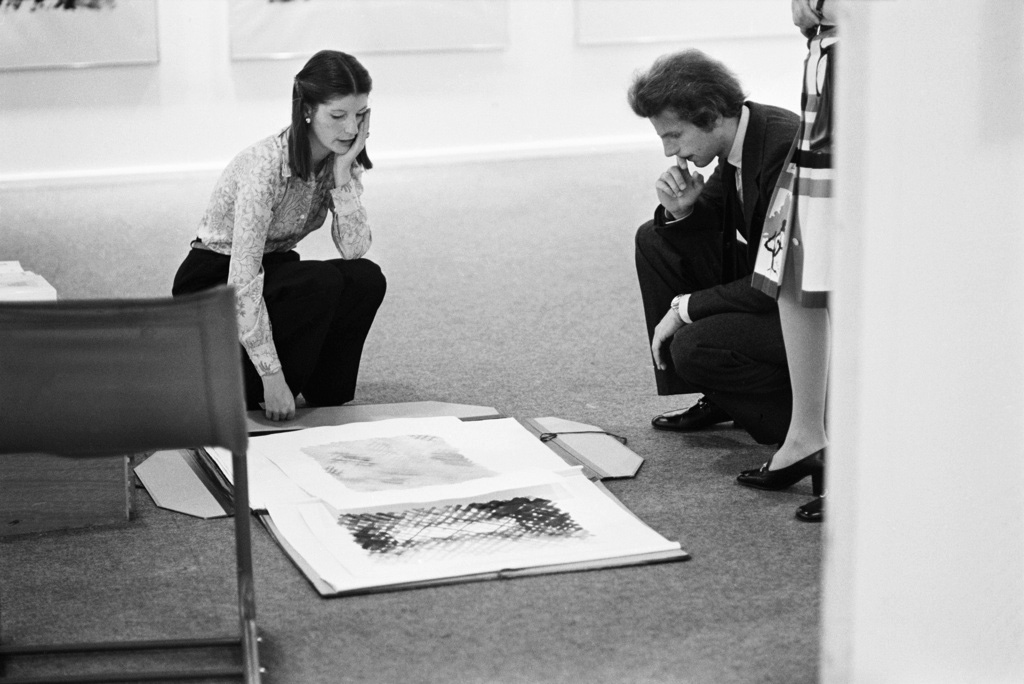
Frazzled exhibitors at the first Art Basel still had crates of unpacked art on opening day and no one had thought about drainage for Tinguely's water-driven figures.
Four decades ago even the very idea of a mass art show – treating art as you might treat refrigerators – was so innovative that the inaugural event itself was a controversy.
But Art Basel went from success to success, establishing itself as the largest international show of its kind in the space of just a few short years.
Even as the latest economic crisis has cast a pall over the art world, forcing shows to cut back and leaving galleries languishing in London and New York, Art Basel has demonstrated its staying power.
It’s true that there were glimpses of the downturn at Art 40 Basel in 2009. The first piece to greet visitors, an overpowering 12-meter high wooden cross by Swiss artist Valentin Carron, could have been a monument to the end of the feverish art boom of recent years.
Another sign of the times, perhaps: a $80-million (SFr845 million) work by Andy Warhol, exhibited by the renowned Zurich gallery Bruno Bischofberger, did not sell. Experts remained unfazed, however, and bullish on Art Basel.
“Art Basel is the mother of all art shows,” commented Anna Helwing of the well-known Hauser + Wirth gallery. “If only one show is left standing, it will be Art Basel.”
The most prestigious international show in the world remains a must for collectors and enthusiasts alike, with a record 61,000 visitors flocking to the northern Swiss city 2009.
For galleries, being selected for a coveted stand is a distinction in itself: out of the record 1,100 galleries that applied for exhibition space at Art 40 Basel, only 308 were chosen.
Welcome, everyone
It is quite a change from the early days, when any gallery that so desired could set up a stand. Co-founded in 1970 by Trudi Bruckner, Balz Hilt, and Ernest Beyeler, the first Art Basel was laid back, chaotic, and free spirited.
“Basel was founded as a direct reaction to Kunstmart Köln, known today as Art Cologne,” Annette Schönholzer, co-director of the fair, told swissinfo.ch.
Art Cologne, which was the first art show ever, preceded Basel by three years and admitted almost exclusively German galleries. Art Basel was internationally oriented from the very start and saw itself as a democratic alternative to Cologne’s exclusivity.
“The Swiss wanted a fair that was open to everyone, “ said Schönholzer. Basel soon outshone Cologne, to the extent that the German show called for a boycott of the Swiss upstart.
As Warhol once put it, “Being good in business is the most fascinating kind of art…and good business is the best art.“
In 1973, only three years after its founding, Basel superseded Cologne as the largest art show in the world.
Consumption and speculation
The idea of taking art out of galleries and museums and showing it instead in a fair was a huge conceptual leap for the rarified art world.
“For the first time, gallery owners were open about their commercial ambitions, finally putting to rest the sentimentalised, idealised image of being in the service of art,“ according to a German television reporter commenting on the art fair phenomenon.
“It could not have been clearer that art is a consumer item.”
The idea of art shows as a place for galleries and collectors to hobnob and exhibit caught on swiftly. Today there are about 600 such shows worldwide.
From chaos to a “must”
If the first Art Basel came off as somewhat chaotic and improvised, it has long since turned into a well-oiled machine governed by the Swiss ethos of no detail left undone.
As the years passed Art Basel diversified, becoming much more than a mere marketplace. Lorenzo Rudolf, its director in the 1990s, established its reputation as a “must”, setting selection criteria that transformed Basel into a quality product.
His groundwork was built upon by his successor, Sam Keller, who embarked on non-commercial crossovers and curated exhibitions, and also founded Art Basel Miami Beach.
“Art shows are really platforms for the people. They shape the style of the times, of epochs, developing and popularizing in ways that are impossible to predict, “ wrote critic Hans-Joachim Müller in “Looking Back at Art Basel,” a recently published photo collection by Swiss photographer Kurt Wyss.
“It’s never just been the specialists who determine success. Even more decisive are the new masses who eagerly integrate this anarchistic variety into their lives.”
Art 40 Basel took place from 16 to 20 June, 2009. About 61,000 artists, collectors, curators and art enthusiasts attended the fair, one thousand more than in 2008.
Over 300 galleries from 29 different countries presented works from over 2,500 artists.
Art 40 Basel showed that despite the economic crisis, the high end segment of the art market is in good health.
A number of parallel exhibitions took place: “List 08 – the Young Art Fair,” “Design Miami/Basel,” as well as special exhibitions from museums in Basel.
Advantageous tax and legal conditions play a role in keeping the show in Switzerland. In contrast to EU practice, artists whose works are purchased at Swiss auctions and exhibitions are not liable for taxes.
The event’s main sponsor, bank UBS, has signed on for future funding.
(Adapted from German by Kathleen Peters)

In compliance with the JTI standards
More: SWI swissinfo.ch certified by the Journalism Trust Initiative
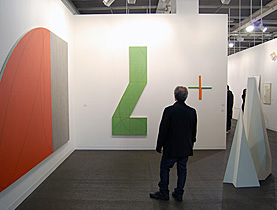
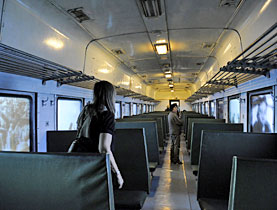
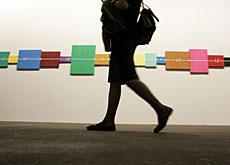
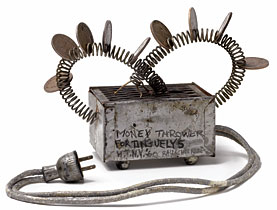
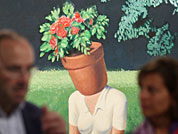
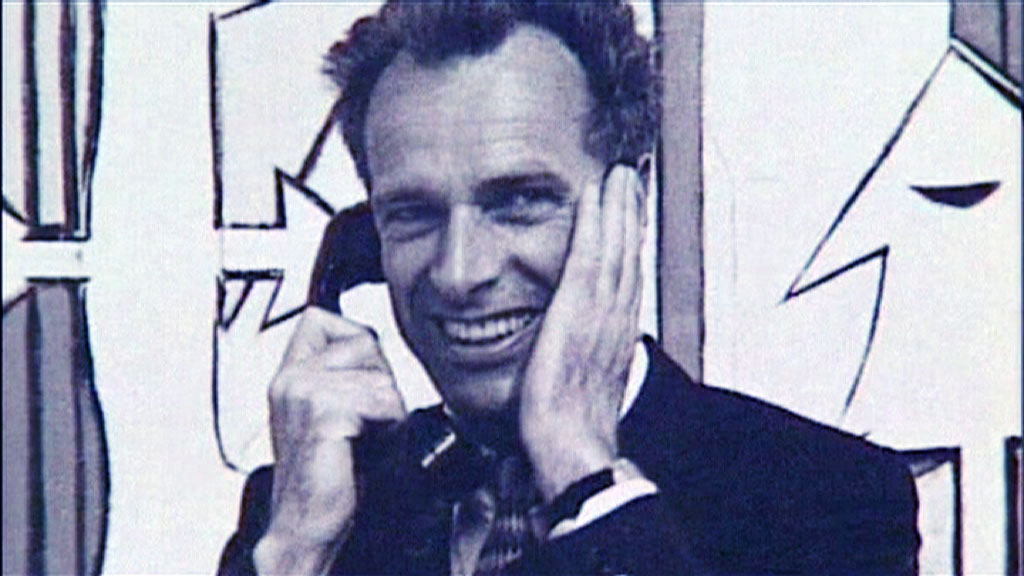
You can find an overview of ongoing debates with our journalists here. Please join us!
If you want to start a conversation about a topic raised in this article or want to report factual errors, email us at english@swissinfo.ch.